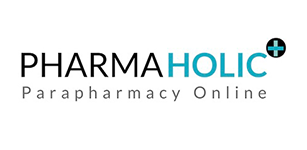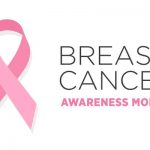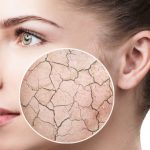If there is one crucial life changing step in your skin care routine , that would change your whole progress and results , it would be identifying your skin type , once you understand what your skin texture is and once you identify which products suits your skin texture , surprising results are guaranteed.
Skin type is determined by how much oil the skin on your face produces; depending on this, your skin type can be categorized as dry, combination and oily. An oily skin type is exactly what it sounds like – excess oil on the face persistently appearing as shiny or greasy.
What is the science behind oily skin?
- The skin is composed of three different layers, epidermis, dermis and the hypo dermis, sebaceous glands are ducts located in the dermis layer of the skin and they are responsible for the secretion of an ‘oily ‘substance called sebum. Under normal circumstances, this sebum is essential not only to lubricate and moisturize the skin but also to remove dead skin cells and other irritants from your pores.
- When these glands become overly active & produce excess sebum, your skin becomes shiny or greasy, your pores become clogged, and your skin would be identified as oily skin.
How to identify an oily skin?
Obviously, the first sign would be a shiny appearance, other signs include
- Visibly enlarged pores on the nose , forehead and chin
- More frequent acne breakouts , blackheads & pimples
- Makeup doesn’t stay much on the face
About the T-Zone …
The T-Zone region of the face which consists of the forehead and the nose tends to naturally have more active sebaceous glands, producing excess sebum. An oily T – Zone may be an indicator of an oily skin or a combination skin, depending on whether other areas appear shiny or not.
Who is more prone to have oily skin?
Oily skin is usually genetic however, other factors such as Puberty, Menstrual cycle, Pregnancy or menopause play a role as during these times hormone levels are heightened and sebaceous glands are overly active.
How to deal with oily skin?
- Cleanse;washing your face at least 2 times daily is a must, using a cleanser with a blend of salicylic and buffered glycolic acid works effectively.
- Tone ;further cleansing to the outer layer of the skin helps remove the excess bacteria and dirt trapped
- Moisturize;should be non-comedogenic, oil-free that absorbs quickly, dries matte and feels light on the skin.
- Serum ;Look for one that minimizes the appearance of pores
- SPF;Direct exposure to the sun dehydrates your body and skin. This may cause your body to overproduce oil. Look for ultra-light, matte finish sunscreen
- Drink A LOT Of water
- Use Oil-Free Makeup Products; ifyou’re prone to oily skin, buy oil-free makeup products. Oil-based products can clog your pores and result in skin conditions like acne.
- Follow a Skincare RoutineIt is always healthy to follow a basic skincare regimen to allow your skin to breathe. Don’t compromise on your products.
- Pat Dry Your Face
- Nutrition;Healthy food and lots of water play a major role in building up your overall immunity. Avoid diets that are high in carbohydrates. Raw vegetables, pulses, fruits and other foods rich in Vitamin A and fibers are a good option for people with oily skin.
Silver lining
Yes, oily skin tends to lead to clogged pores, which cause a host of skin imperfections including frequent acne breakouts, but did you know that people with oily skin tend to age much slower than those with a combination or dry skin? The extra moisture they tend to have reduces premature wrinkles and thickens the skin.
The same way oily has its bags of problems; dry skin on the other hand is much harder to care for and always appears dry and rough. The key is not eliminating the oil, it is controlling it, know your skin texture, find your skin products and thank us later!



